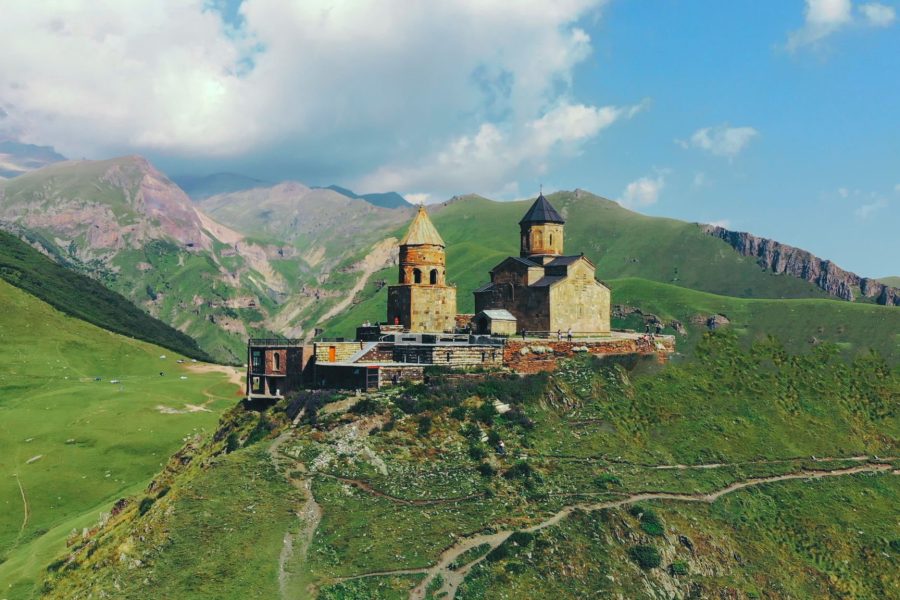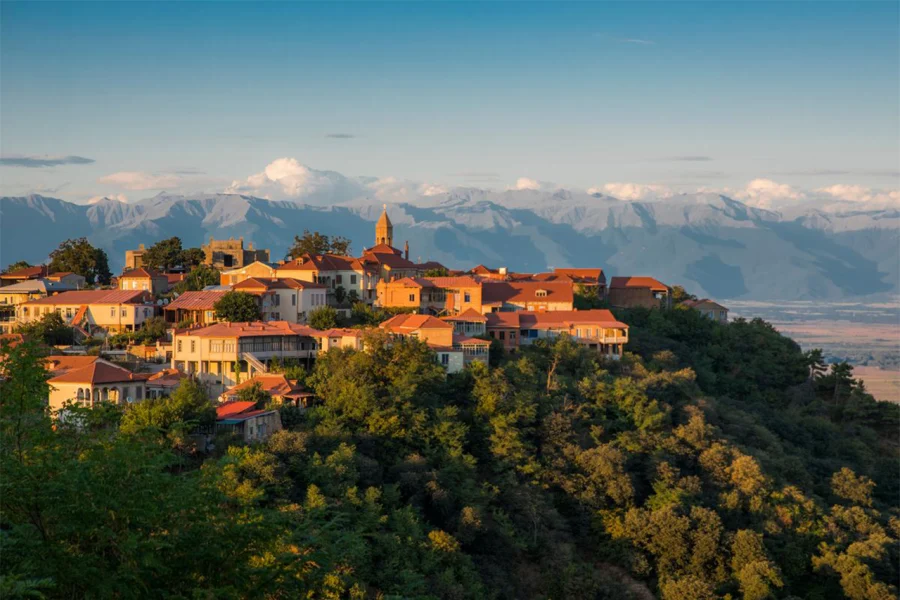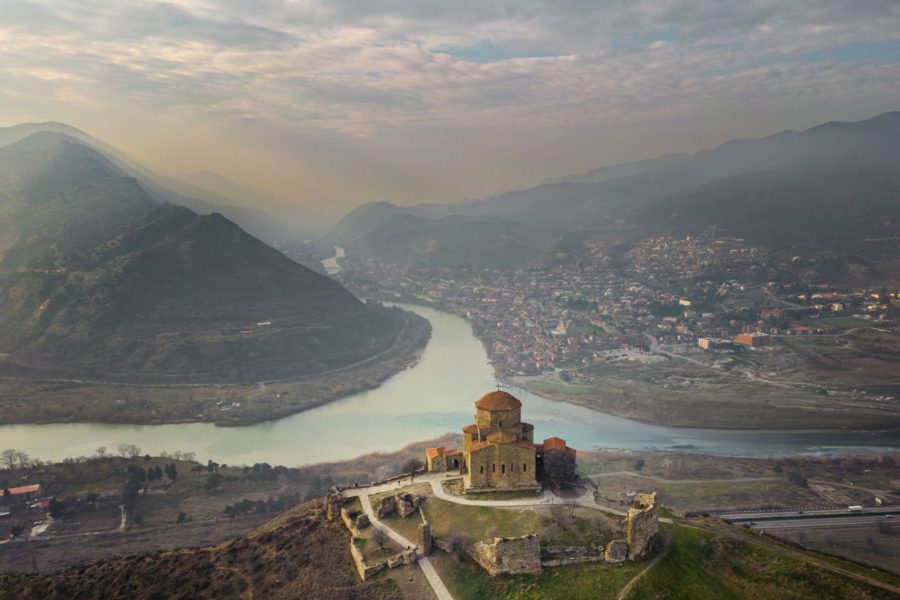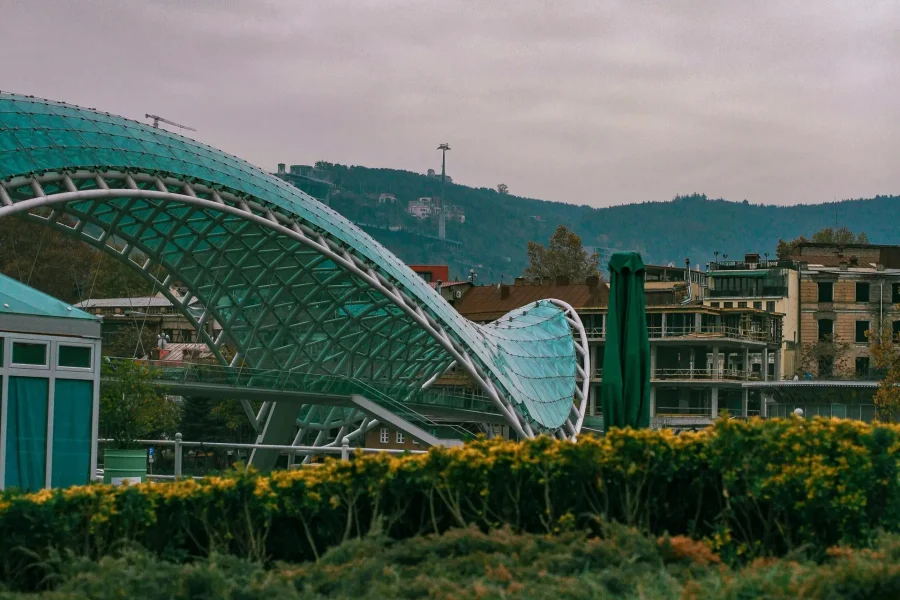The State Silk Museum (Georgian: აბრეშუმის მუზეუმი, Abrešumis Muzeumi) in Tbilisi, Georgia, is a truly unique institution, recognized as one of the oldest and most diverse silk museums in the world. Established in 1887, it stands as a testament to Georgia’s long-standing connection to sericulture and its historical role along the Silk Road. The museum is housed in a purpose-built, architecturally significant building from 1892, designed by Polish architect Alexander Szymkiewicz, which was originally part of the Caucasian Sericulture Station.
Historical Significance and Unique Collections:
Pioneering Foundation: The museum’s history begins with its founder, the renowned natural scientist and silk specialist, Nikolay Shavrov. In 1887, he established the Caucasian Sericulture Station, a comprehensive research and educational center, of which the museum was a central component. Shavrov’s vision was based on a European model, fostering scientific advancement in sericulture.
Architectural Gem: The museum building itself is a cultural heritage site, a stunning example of 19th-century architecture that blends Classicism, Gothic style, and Islamic art. Its interiors feature charming silk-related motifs, such as mulberry leaves, silkworms, and cocoons, creating an immersive atmosphere.
World’s Most Diverse Silk Collection: The museum boasts an exceptional collection of over 5,000 different species and varieties of silk cocoons, dating from the 19th to the 21st centuries – considered the largest such collection globally. This vast array, much of it collected by Shavrov himself and donated by international colleagues, highlights the diversity of silk-producing insects.
Comprehensive Sericulture Exhibits: The collections cover every aspect of silk production:
Entomology: Detailed exhibits on the biology and life cycle of the silkworm, often including preserved specimens.
Mulberry: Various objects and information related to the mulberry tree, the silkworm’s sole food source, and its cultivation.
Dyes: A collection of natural and chemical dyes used in silk coloring from the 19th century.
Threads and Textiles: Samples of silk threads, skeins, and a wide array of industrial and handicraft textiles from the 19th to 21st centuries, including local Georgian silk products and items from 61 different countries across the Silk Road (e.g., China, Japan, Uzbekistan, Iran, Turkey, Italy).
Historical Tools and Equipment: Exhibits showcasing old tools, looms, and silkworm egg carrying containers.
Photo Collection: A historical photo archive, including glass plate and film negatives, documenting the history of sericulture.
Living Silkworms (Seasonal): During the optimal season (typically April to June), visitors may have the unique opportunity to observe and even feed live silkworms, offering a direct connection to the source of silk.
Educational and Cultural Role:
Research and Education: The museum continues its original mission as a research and educational center, with its own library containing literature on natural sciences. It offers various educational programs and workshops.
Modern Artistic Collaborations: In recent years, the museum has become a platform for contemporary art, hosting exhibitions, artistic interventions, performances, and residencies that explore its historical context through modern interpretations.
International Recognition: Its unique collection and historical significance have earned it recognition within the UNESCO Silk Roads Programme.
Location and Practical Information:
Address: The State Silk Museum is located at 6, Giorgi Tsabadze Street, Tbilisi, Georgia. It is situated between Mushtaidi Garden and Dinamo Stadium, in the Didube District. Access is typically by metro (nearest station is Tsereteli) or taxi.
Opening Hours: The museum is generally open Tuesday to Saturday, from 11:00 AM to 6:00 PM. It is closed on Sundays and Mondays. (It’s always advisable to verify the most current hours directly on their official website: silkmuseum.ge).
Ticket Price:
Adults: 5 GEL
Schoolchildren and Students: 2 GEL
Free admission for children up to 6 years of age, Georgian and foreign museum staff, ICOM members (with valid ID), people with disabilities (upon presentation of valid ID), and refugees.
Recommended Visit Time: Allow 1 to 1.5 hours to explore the collections thoroughly.
Gift Shop: Visitors can often purchase unique silk products, books, and even original silk cocoons as souvenirs.
The State Silk Museum offers a fascinating and multi-layered experience, appealing to those interested in natural history, textile arts, Georgian culture, and the enduring legacy of the Silk Road.








0 Comment